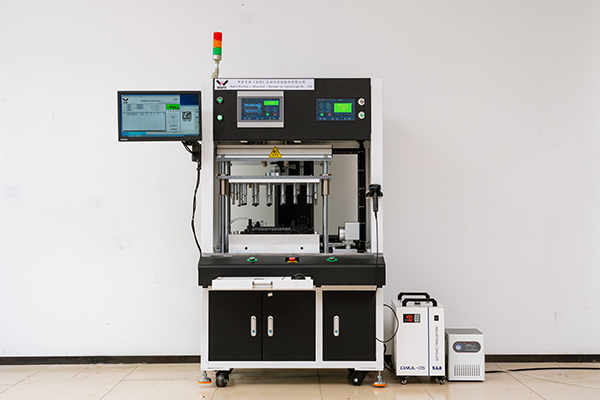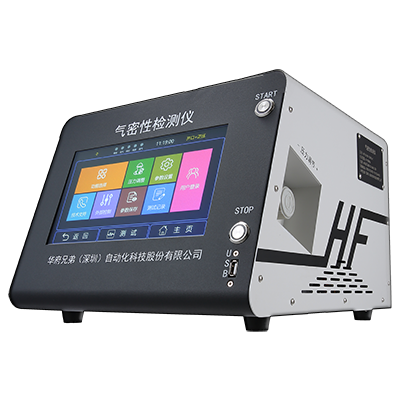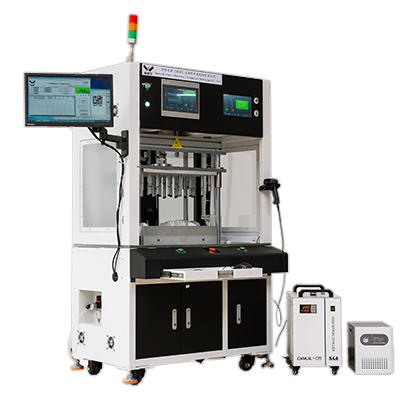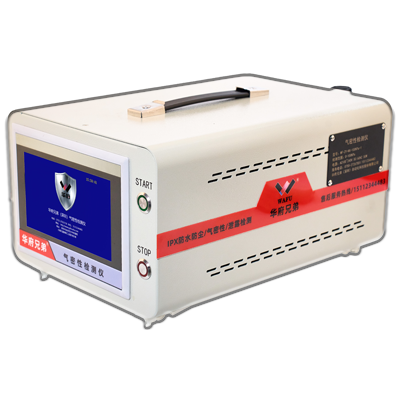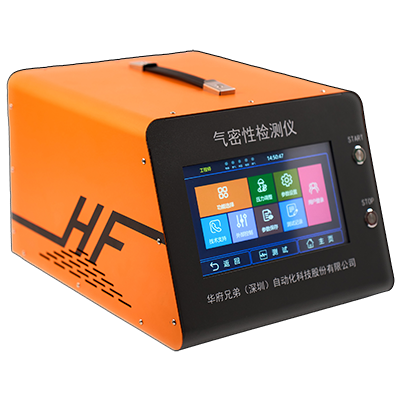1. Why is Leak Testing Necessary for Vials?
As critical packaging containers for sterile injectable drugs, the hermeticity of vials directly affects drug stability, safety, and shelf life. Failed seal integrity can lead to:
| Issue | Consequence |
|---|---|
| Microbial or moisture ingress | Drug deterioration, inactivation or contamination; |
| Drug leakage | Environmental contamination during transport, leading to returns; |
| Insufficient vacuum | Failure to meet lyophilization or sterile filling requirements; |
| Non-compliance with USP <1207>, YY0033 regulations | Export or registration rejection. |
Therefore, high-precision container closure integrity testing (CCIT) for vials is a critical quality control step in pharmaceutical packaging systems and an essential requirement for GMP and FDA compliance.
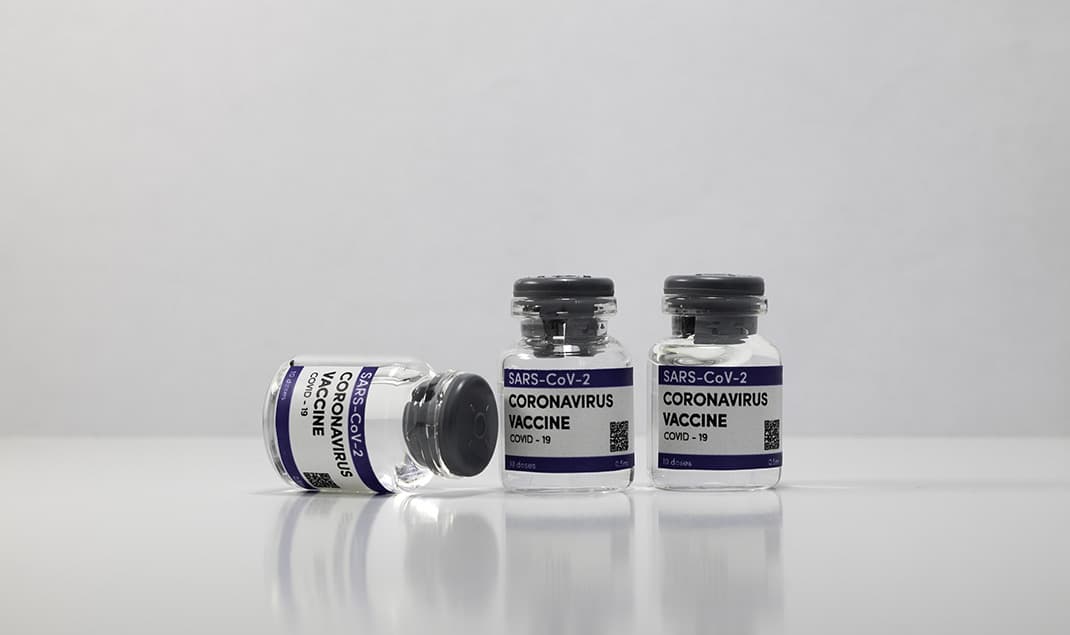
In 2023, a major biopharmaceutical company in Shandong had to recall a batch of monoclonal antibody injections bound for Europe after customer laboratories detected 5‰ defective vials through helium testing. The company subsequently implemented micro-leak testers (combining pressure decay and mass flow methods) for non-destructive testing of vial closures, achieving 0.05 sccm sensitivity. This successfully passed multiple European and American regulatory audits, reducing finished product leakage risks to <0.1%.
2. Common Container Closure Integrity Testing Methods
| Testing Method | Description |
|---|---|
| 1. Pressure Decay (Differential Pressure) | Applies slight positive pressure to detect pressure drop during holding period; Fast, efficient, suitable for clear glass vials; Ideal for automated production lines or offline sampling. |
| 2. Mass Flow Method | Measures real-time leakage flow with higher precision; Detects micro-leaks (≤0.05 sccm); Commonly used for high-value drugs like lyophilized powders and monoclonal antibodies. |
| 3. Helium Mass Spectrometry (R&D/Validation) | Detects helium leakage in vacuum chambers after pressurization; Ultra-high sensitivity (10⁻⁶~10⁻⁹ mbar·L/s); Expensive equipment, typically used in development or registration phases. |
3. Typical Testing Areas and Process (Using Mass Flow Method as Example)
| Step | Description |
|---|---|
| Sample Loading | Place vials into dedicated sealing chambers or flexible fixtures; |
| Sealing & Pressurization | Apply set pressure (e.g., 50~80kPa) to internal/external spaces; |
| Pressure Stabilization | Maintain pressure while automatically recording leakage flow; |
| Pass/Fail Determination | Judge against preset thresholds (OK/NG); |
| Data Recording | Automatically archive results, compatible with MES/traceability systems. |
Recommended Products
